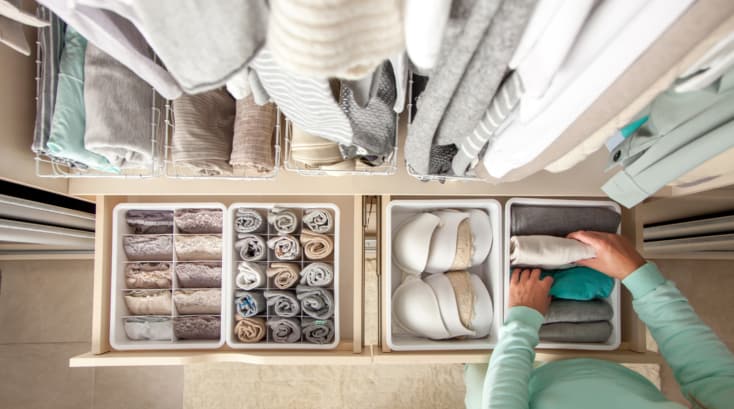When deciding what items to store, careful consideration of your specific circumstances and needs is required. Follow this step-by-step guide to help you make these decisions: If you’re considering storing items, you should keep a few things in mind to ensure you make the most efficient use of your storage space and budget while keeping your belongings safe and accessible.
Here are some tips to help you get started:
1. Assess Your Needs: Start by assessing why you need storage. Common reasons include moving to a smaller home, temporary relocation, decluttering, or storing seasonal items. Understanding your specific needs will guide your decisions.
2. Declutter and Organize: Declutter your current space before deciding what goes into storage. Go through your belongings and decide what to keep, donate, sell, or discard. Be ruthless and keep only what you truly need and cherish. There are many companies to help, such as SMARTBOX Storage
3. Prioritize Items: List the items you want to store. Prioritize them based on their importance, how often you use them, and their sentimental value. This will help you decide what should go into storage and stay accessible.
4. Identify Seasonal Items: Items that are only used during specific seasons, such as winter sports equipment, holiday decorations, or summer clothing, are good candidates for storage. Keep these items out of sight when not in use to free up space.
5. Assess Long-Term vs. Short-Term Needs: Determine whether you need short-term or long-term storage. Short-term storage may involve storing items during a renovation, while long-term storage could involve items you don’t need for an extended period.
6. Consider Alternatives: Consider storage alternatives, such as selling or donating items you don’t need. This can be a more cost-effective and sustainable solution.
7. Evaluate Space and Budget: Assess your available storage space and budget. This will help you determine how much you can reasonably store. Storage costs can increase over time, so be mindful of your budget.
8. Protect Valuables: Protect items of high monetary or sentimental value carefully. Consider climate-controlled storage for items sensitive to temperature and humidity fluctuations and invest in quality packing materials.
9. Label and Organize: When packing items for storage, label boxes clearly and create an inventory list. Organize items logically to access what you need without unpacking everything.
10. Maintain Accessibility: Ensure you can access your stored items when necessary. Store frequently used items toward the front and less frequently used items toward the back of the storage unit.
11. Regularly Review and Purge: Periodically review the contents of your storage unit. If you haven’t needed or used certain items for an extended period, consider whether it’s time to sell, donate, or discard them.
10. Plan for Retrieval: If you know you’ll need to access certain items from storage at specific times, such as seasonal clothing or holiday decorations, plan and make retrieval easy.
12. Document and Insure: Consider taking photos and documenting the items you place in storage. Also, check with your insurance provider or the storage companies to ensure your belongings in storage are adequately covered.
Remember that storage should be a temporary solution, and it’s essential to reevaluate your storage needs periodically By carefully considering what to put in storage and when you can make the most efficient use of your storage space and budget while keeping your belongings safe and accessible.



